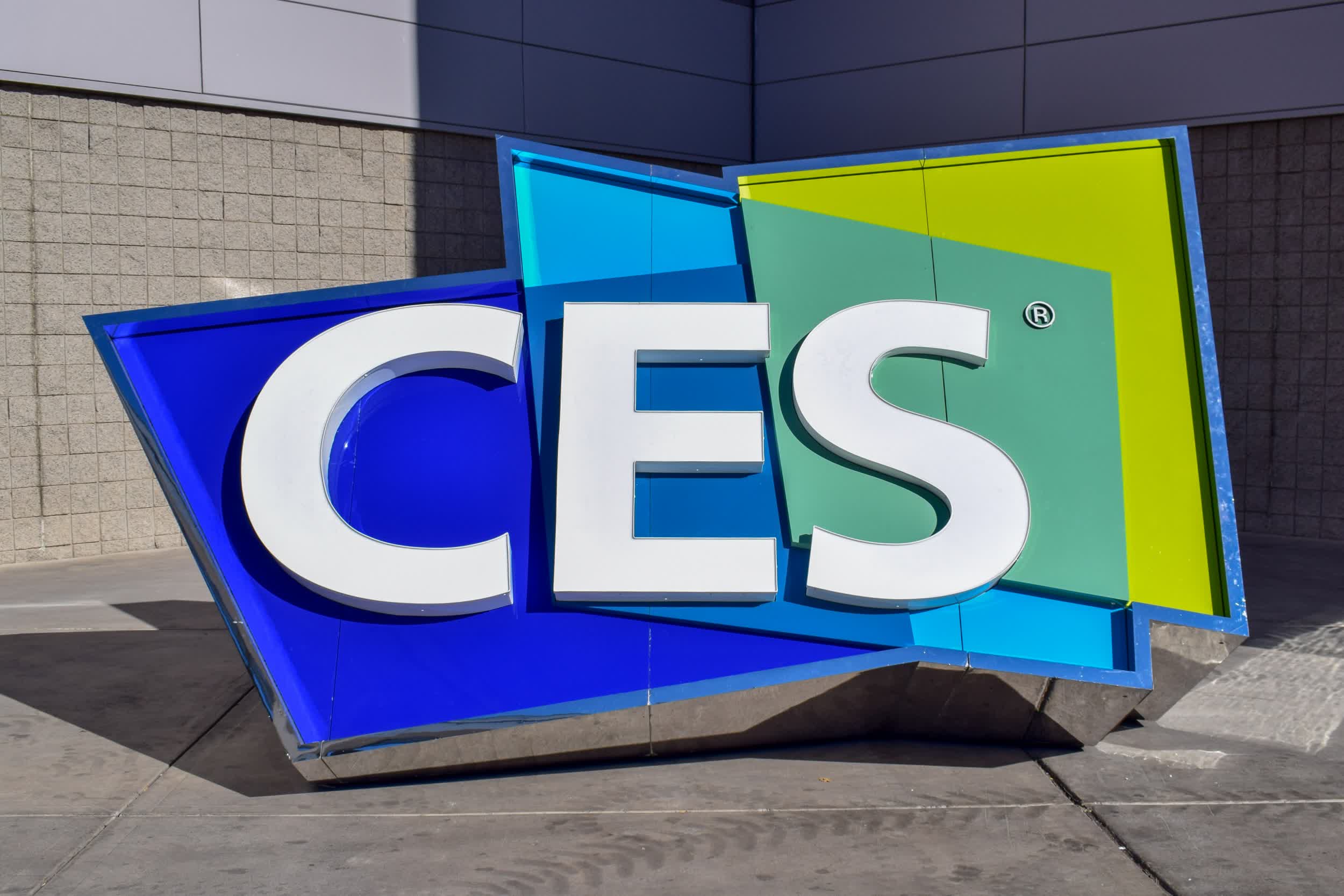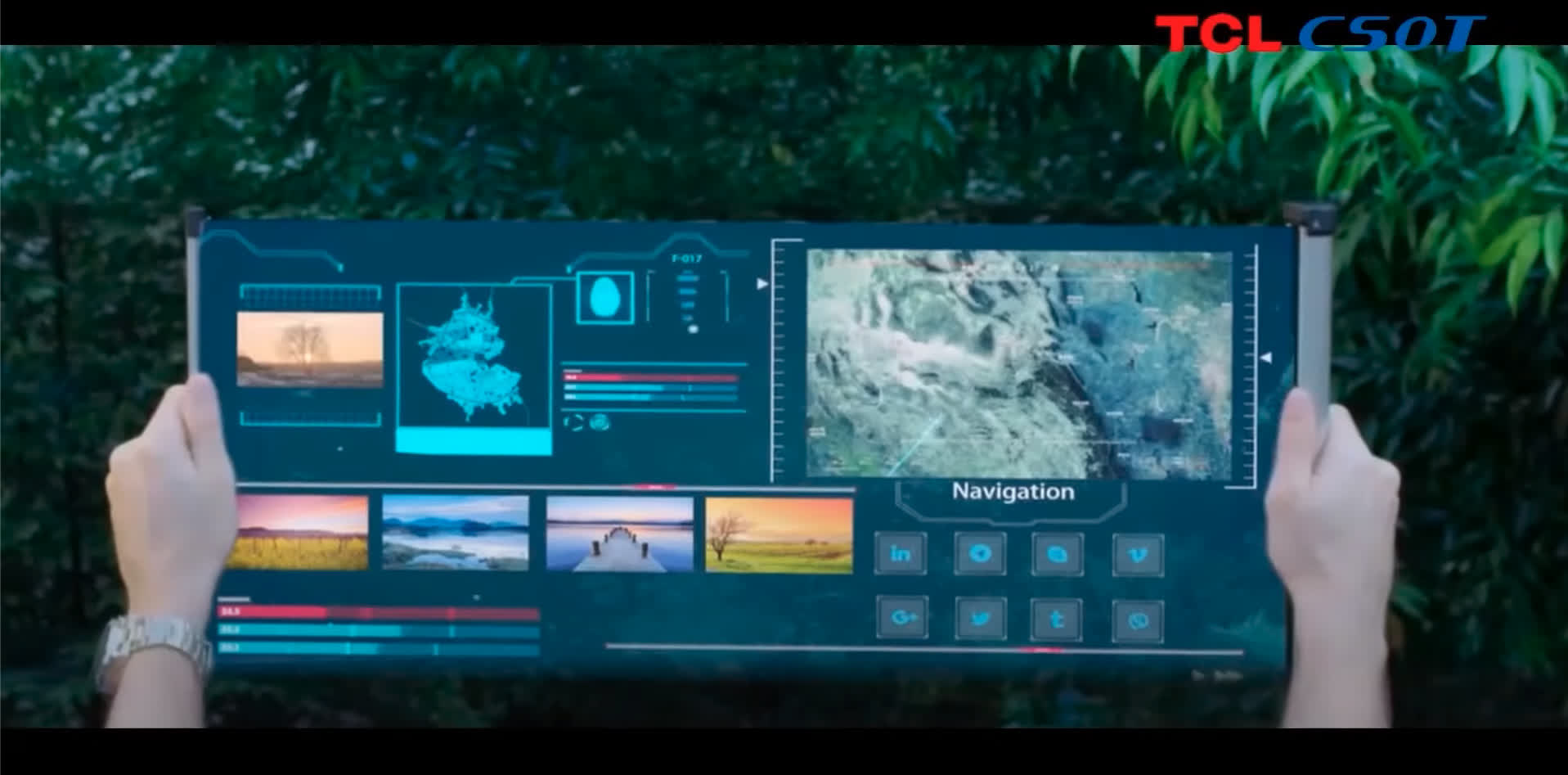Forward-looking: One of the most interesting and hopeful things about CES is that it paints a fascinating picture of how our future is supposed to look. Based on the first day of this year’s “virtual” show, software-controlled bathtubs, cars with entertainment systems that rival our living rooms, foldable or rollable displays, 5G-controlled drones, and robots—of course—robots, apparently will all be part of our lives before we know it.

In reality, of course, these CES-driven future perspectives are typically driven by large companies’ marketing departments describing potential futures that might be possible if we choose to believe their visions.
With the wisdom gained from having seen these visions come and go over the decades, I’ve learned that it rarely works out as cleanly and brilliantly as the images appear to be painted. Still, it’s a great exercise to look through as much of the CES news flow as you can handle and try to make sense of what it all really means.
This year, a number of things spring to mind. First, perhaps to no one’s surprise, there seems to be a lot more talking about big picture concepts and not nearly as much about specific products as we’ve seen in the past. To be clear, this isn’t true in all areas—off the heels of a record-breaking year of growth, PC vendors and chip suppliers like Intel and AMD, in particular, cranked out a ton of new products for this year’s show—but they were more of an exception.
The big press day before CES provided an interesting example of what I mean. None of the big press conferences ran more than 30 minutes and quite a few were less than 15 minutes long. Admittedly, some of this had to do with scheduling and the need to pre-record their news, but I found myself being surprised by how content-light even some of the biggest brands were during their time slots.
Many companies spent a great deal of time discussing big picture issues and topics like corporate social responsibility—all very important, to be clear—but not what we’re used to seeing at CES. Toss in the fact that there are only about 1/3 as many companies participating in this year’s show and the ability to interact with people from those companies is extremely limited, and well, it’s just very different.
Second, the most interesting topics and most compelling visions seemed to be a bit further off than usual. Again, perhaps this shouldn’t be surprising given where we are in the world, but very little of the coolest stuff is actually available for purchase—and honestly, I’m not convinced it’s all things people really want anyway.
For example, several of the robots that Samsung showed off during its press conference garnered a great deal of interest—pour me a glass of wine and then put the dishes into the dishwasher—yes, please!—and were definitely impressive displays of technology, but they felt like something we won’t really see commercially until at least the middle of the decade. Plus, I’m not convinced that many people are ready for these kinds of autonomous robots in our homes just yet—it’s an awfully big leap from the company’s new AI-powered, JetBot 90 AI cleaning robot to the digital butler-like Bot Handy, but maybe that’s just me.
Also, the latest iterations of Harman’s ExP concept, which showed a car’s digital cockpit screen that moves up towards the driver and passenger—and lets you do things like gaming, experience virtual concerts, and even create your own songs or videos in the car—seems like an interesting idea that was taken a bit too far. I mean, I get the desire to make the experience of being in your car more comfortable, but do I really need to turn it into a place where I’m going to spend hours on end entertaining myself or working, particularly when we’re still years away from fully autonomous driving?

All of which takes me to my third and final point about this year’s CES.
Despite the big format change, the truth is, a majority of the most practical and relevant news from this year’s show (as, truthfully, it happens just about every year) is that we’re making slow, but steady progress in a number of areas about which many people do care.
Our TVs are getting bigger and the image quality is improving, thanks not only to display technologies like the Mini LEDs in Samsung’s new 110” offering but also AI, like the Cognitive Processor XR chip in Sony’s newest premium Bravia XR TVs, which uses intelligence to enhance the portions of an image where it believes people are focusing their attention.
We’re also seeing the opportunities that rollable screens can enable, including the expanding smartphone design from LG, as well as the roll-up tablet from TCL.
In addition, while people are interested in the concept of things like smart home, not all of it has to be overtly tech-oriented to make it appealing. At Kohler’s press event, for example, the company talked about several of its smart faucets and smart toilets that use sensors to function automatically, but don’t require voice-based interaction. To me, that’s an important example of recognizing that you can use technology to do clever things, but they can still be utterly intuitive and “tech-free” as well.
Conversely, the demonstration of Samsung’s latest version of its smart refrigerators tied to an online cooking class and grocery delivery service highlighted that sometimes it takes a lot more infrastructure and services to move from a clever gimmick to a truly useful device.
In the end, I can’t help but be reminded of science fiction author William Gibson’s famous quote from about a quarter of a century ago that “the future has arrived—it’s just not evenly distributed yet”.
As CES is showing us this year, and as it has in many years past, there is indeed some seed of truth in the big picture technology visions that companies portray at CES—it’s just that you need to be incredibly wealthy to take advantage of all the best that tech has to offer today. For the rest of us, and for the companies that want to meet the more realistic visions to which we aspire in our homes, it’s about figuring out what pieces of those future concepts are the most valuable and the most practical and making products that leverage them—for next year’s CES.
Bob O’Donnell is the founder and chief analyst of TECHnalysis Research, LLC a technology consulting firm that provides strategic consulting and market research services to the technology industry and professional financial community. You can follow him on Twitter @bobodtech.
https://www.techspot.com/news/88253-opinion-what-ces-2021-about-our-future.html